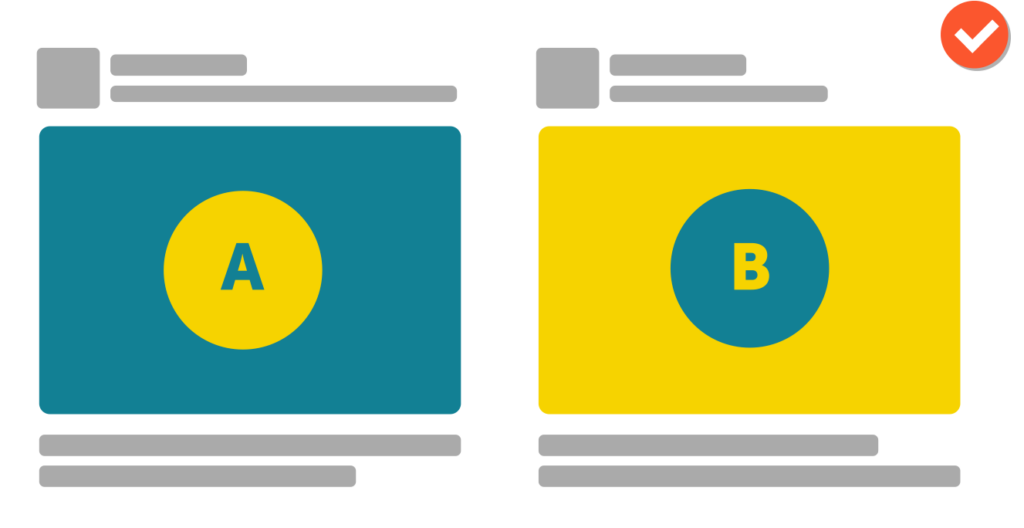Example of how to surprise with an AB test

Today we will look at an example of AB test which has been much talked about these days. In fact, you may have received one of the two versions in your email inbox. Yes, we are talking about Vueling.
But first of all, let's remember what we mean by testing and what an AB test is:
The testing consists of testing and analysing the emails we design and all the components or innovations we incorporate. The objective is to know that they work correctly and to see how users react. If we detect that the results are positive, we will consider incorporating that new element or strategy in the next mailings. In this way, we ensure that the users will be able to see how they react to it.he results of our email marketing will improvewhile at the same time achieving getting to know more and more of the users in our database.
And now, yes, do youwhat is an AB test? It consists of send two variants of the same email to our subscribers. So half of our users will receive email "A" and the other half will receive email "B". As we said, it is very interesting to see how each group of subscribers reacts to each of the versions in order to know what works best and use it in future mailings.
Vueling has done a fantastic AB test as follows:
VERSION A
Subject: This is a test
Preheader: Test test test test test test test test test
Headline: We test your willingness to travel
Copy: We know you're a curious person (how can you say no, if you've opened this email?).
Now we want to find out more. So we ask you: which of these destinations do you love the most?

VERSION B
Subject: Come a little closer...
Prehader: We have a question for you
Headline: Which of these destinations do you love the most?
Copy: We know you're a curious person (how can you say no, if you've opened this email?).
Now we want to find out more. So we ask you: which of these destinations do you love the most?

Clearly we cannot know the results of each version, but something tells us that it is likely that the version A has attracted much more attention from users.
We are curious by nature and both the subject line and the preheader of the email, incite us to think that the company could have sent a test email by mistake. This creates in the user the need to check the error and open the email. Moreover, even if the recipient has not perceived it as an error, the level of confusion is the same, since at no time is the content of the email clear and, again, it awakens in him an interest to know what is hidden behind a subject of these characteristics.
On the contrary, the version B is much more correct and is more in line with the type of email that Vueling subscribers are used to receiving. Therefore, the surprise factor disappears and with it the desire to know what we will find in the email.
Finally, we would like to point out that this newsletter may be storing user click data and assigning a preferred city to your user profile.